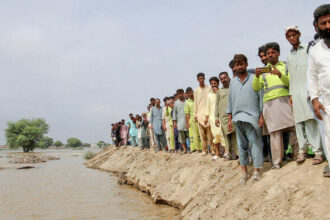Hong Kong and Tokyo are the only Asian cities to make it into the latest ranking of the world’s top 10 urban centers with the largest ultra-high-net-worth populations, according to the World Ultra Wealth Report 2025 by Altrata.
Hong Kong’s Wealth Boom
Hong Kong now ranks second globally, with 17,215 residents holding more than US$30 million each in net assets. That figure is up 11.5% from last year and nearly 23% higher than at the start of 2025. The city posted the fastest growth among major UHNW markets, fueled by real estate reforms, strong equity performance, and a wave of mainland Chinese firms seeking listings on the Hong Kong Stock Exchange.
IPO activity reflected the surge: valuations in the first half of 2025 jumped almost eightfold to $14 billion, CNBC reported.
Tokyo Faces Setbacks
Tokyo’s ultra-wealthy population slipped slightly to 6,940, as portfolios came under strain from inflation, political uncertainty, real estate pressures, and exporters’ exposure to U.S. protectionist trade policies. Even so, Tokyo held sixth place in the global ranking.
U.S. Cities Dominate the List
The rest of the top 10 was made up entirely of U.S. cities. New York led with 21,380 ultra-wealthy residents, followed by Los Angeles, San Francisco, and Chicago. Overall, the United States accounts for 38% of the global ultra-wealthy population.
Globally, about 510,810 people qualify as ultra-high-net-worth individuals, collectively controlling $59.8 trillion in wealth.
How the Rich Spend Their Money
The report also shed light on spending habits. Last year, the ultra-wealthy spent $290 billion on luxury goods, with transportation taking the largest share. Luxury brands targeting this elite segment have consistently outperformed those catering to broader markets, Business Insider noted.
Future Outlook for Ultra-Wealthy Population
Despite global economic uncertainty, Altrata expects the number of ultra-wealthy individuals and their combined wealth to keep growing. By 2030, the global UHNW population is projected to reach 676,970 — a 32.5% increase from mid-2025.
Read more related news here: https://thepublicpurview.com/category/world-news/
For climate-related stories, visit: The Green Post






